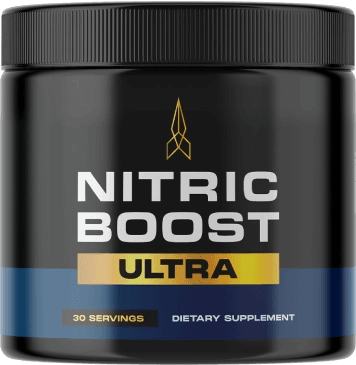Exercise is essential for health and fitness, but recovery is just as important. Without proper recovery, your muscles won’t repair effectively, performance can decline, and injury risk rises. Understanding how your body recovers allows you to optimize rest periods and bounce back stronger.
What Happens During Recovery?
After a workout, your muscles undergo microscopic damage. The recovery process involves repairing this damage, replenishing energy stores, and reducing inflammation. Adequate recovery promotes muscle growth, strength gains, and improved endurance.
Types of Recovery
- Passive Recovery: Complete rest, allowing your body to heal without additional physical activity.
- Active Recovery: Light movement like walking, stretching, or gentle cycling to increase blood flow and aid muscle repair.
- Sleep: The most crucial recovery factor where your body releases growth hormones and repairs tissues.
- Nutritional Recovery: Consuming the right nutrients post-exercise to fuel repair and replenish glycogen stores.
Key Recovery Strategies
- Prioritize Sleep
Aim for 7-9 hours of quality sleep per night to support muscle repair and hormone regulation. - Hydration
Water is essential for transporting nutrients and removing waste products. Dehydration slows recovery. - Nutrition
- Protein: Provides amino acids necessary for muscle repair. Aim for 20-30 grams post-workout.
- Carbohydrates: Replenish glycogen for energy.
- Healthy Fats: Support hormone balance.
- Active Recovery and Stretching
Light exercise improves circulation, reduces muscle soreness, and maintains flexibility. - Massage and Foam Rolling
These techniques reduce muscle tension and improve blood flow, speeding recovery. - Cold and Heat Therapy
Ice baths or cold compresses can reduce inflammation, while heat relaxes muscles and improves flexibility.
Signs You Need More Recovery
- Persistent muscle soreness lasting more than 72 hours
- Decreased performance or strength
- Excessive fatigue or irritability
- Trouble sleeping or resting heart rate elevated
Balancing Training and Recovery
Striking the right balance between exercise intensity and recovery days is crucial. Overtraining can lead to burnout and injuries, while too much rest may stall progress.
Conclusion
Effective recovery strategies are as important as your workouts. By prioritizing sleep, nutrition, hydration, and active recovery, you give your body the tools it needs to rebuild stronger, reduce injury risk, and improve overall fitness.




